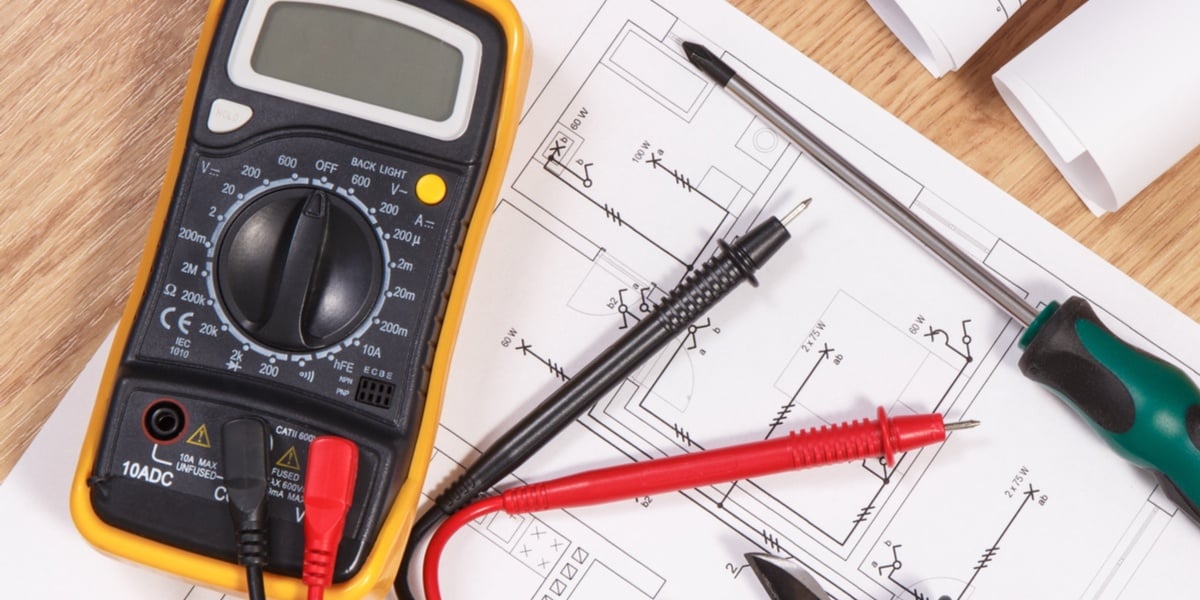

Enter the required data and click on Calculate. This is designed to give the approximate loss factors in a circuit ( AC or DC), including type of circuit, AWG (or KCMIL), amperage, length of circuit and type of conductor, for wire or circuit board. Now calculate voltage drop as the multiplication of R and I.This calculator requires the use of Javascript enabled and capable browsers. (R)Īs per load requirement, You know how much current is flowing in the cable/conductor. Now calculate the total resistance of the cable as per total length and run. Get details of unit resistance for cable from the manufacturer datasheet. Reducing the load current on the circuit.Increasing the number or size of conductors.This condition causes the load to work harder with less voltage pushing the current. What happens if the voltage drop is too high?Įxcessive voltage drop in a circuit can cause lights to flicker or burn dimly, heaters to heat poorly, and motors to run hotter than normal and burn out. This recommendation is a performance issue, not a safety issue.Įxcessive dropping is due to increased resistance in a circuit, typically caused by an increased load, or energy used to power electric lights, in the form of extra connections, components, or high-resistance conductors.Ĩ. The NEC recommends that the maximum combined voltage drop for both the feeder and branch circuit shouldn't exceed 5%, and the maximum on the feeder or branch circuit shouldn't exceed 3%. The voltage drop of the circuit conductors can be determined by multiplying the current of the circuit by the total resistance of the circuit conductors: VD = I x R.
#Voltage drop calculator code
4) in the National Electrical Code states that a voltage drop of 5% at the furthest receptacle in a branch wiring circuit is acceptable for normal efficiency.ĥ. What percentage of voltage drop is acceptable?Ī footnote (NEC 210-19 FPN No. Multiply by proper voltage drop value in tables.Circuit length is the distance from the point of origin to the load end of the circuit. Multiply current in amperes by the length of the circuit in feet to get ampere-feet.In order for current to increase when voltage drops, the circuit resistance R must decrease by more than the voltage. Next, using the same value for R, try a lower value for V. This relationship can be written in two other forms, each isolating one of the 3 variables:Īs an exercise, try using the second of these (V / R = I) with any arbitrary value of V and R to obtain a current I. I is current in Amperes (Amps) and R is resistant in Ohms. In a basic DC circuit with a given resistance for the load, if the voltage drops, so does the current. Why does the current increase when voltage drops? So voltage drop (along with current flow) is a vital feature of all-electric circuits and is planned and controlled very carefully by the engineers that design those circuits.Ģ. Clearly, if either V or I is zero, no power or energy is delivered to that component, so it can't fulfill any useful purpose. Here V is the voltage drop in volts, I is the current flow in amperes, and P is the power in watts. The amount of power (energy per second) delivered to a component in a circuit is equal to the voltage drop across that component's terminals multiplied by the current flow through the component. Voltage drop is the arithmetical difference between a higher voltage and a lower one. Each point in a circuit can be assigned a voltage that's proportional to its 'electrical elevation. Voltage drop refers to a process that occurs in electrical circuits. n is the number of conductors in parallel.A is the cross-sectional area of the wire, measured in square millimeters.R is the resistivity of the wire, measured in ohm-meters.L is the one-way length of the wire, measured in meters.I is the load current, measured in amperes.V is the voltage drop, measured in volts.The formula for voltage drop depends on the type of the current.įor DC or 1-phase AC, V = 2 * I * L * R / A / nįor 3-phase AC, V = √3 * I * L * R / A / n


 0 kommentar(er)
0 kommentar(er)
